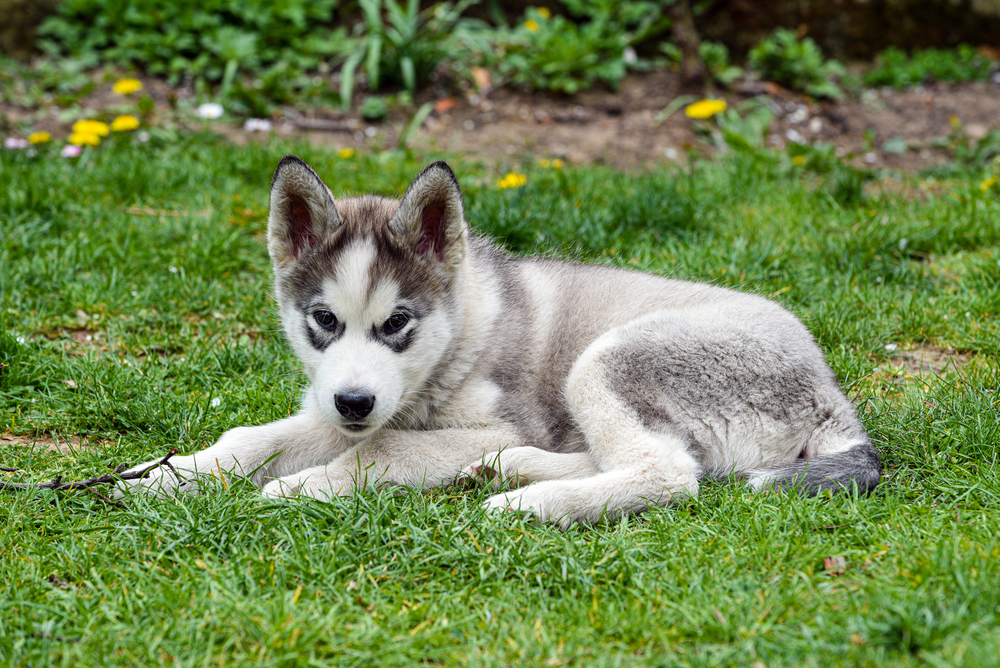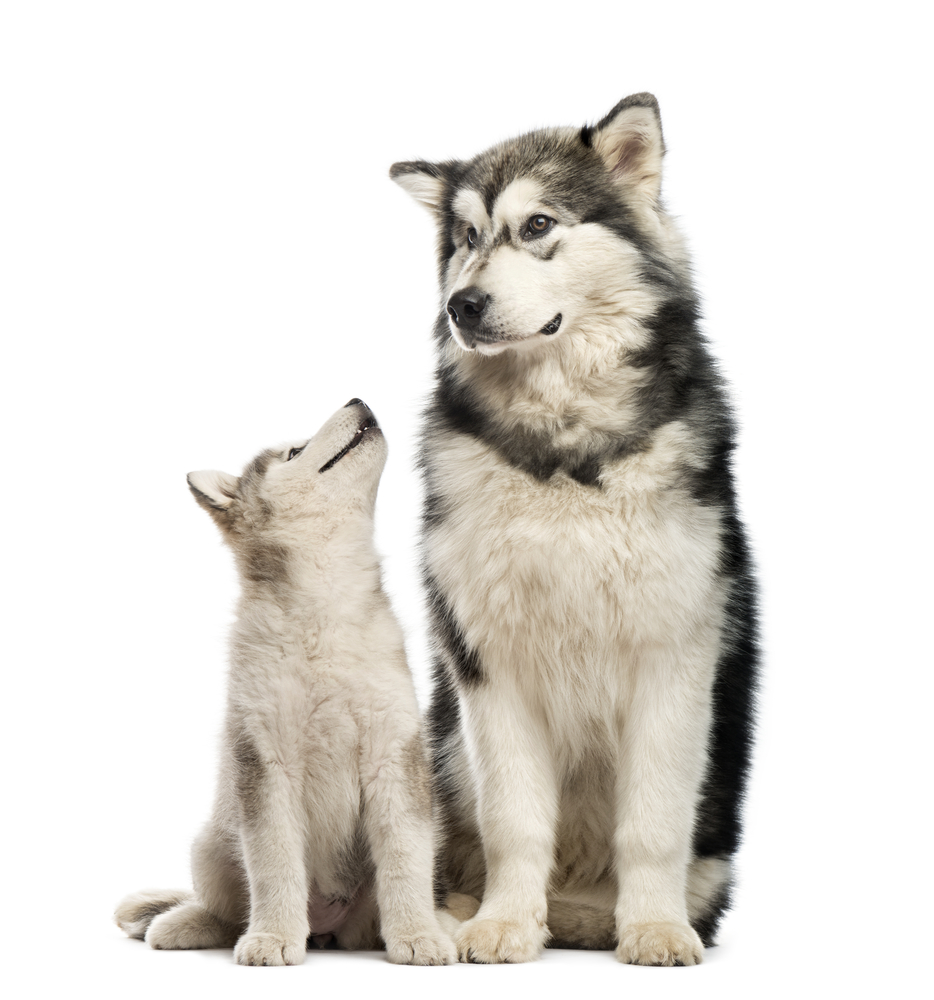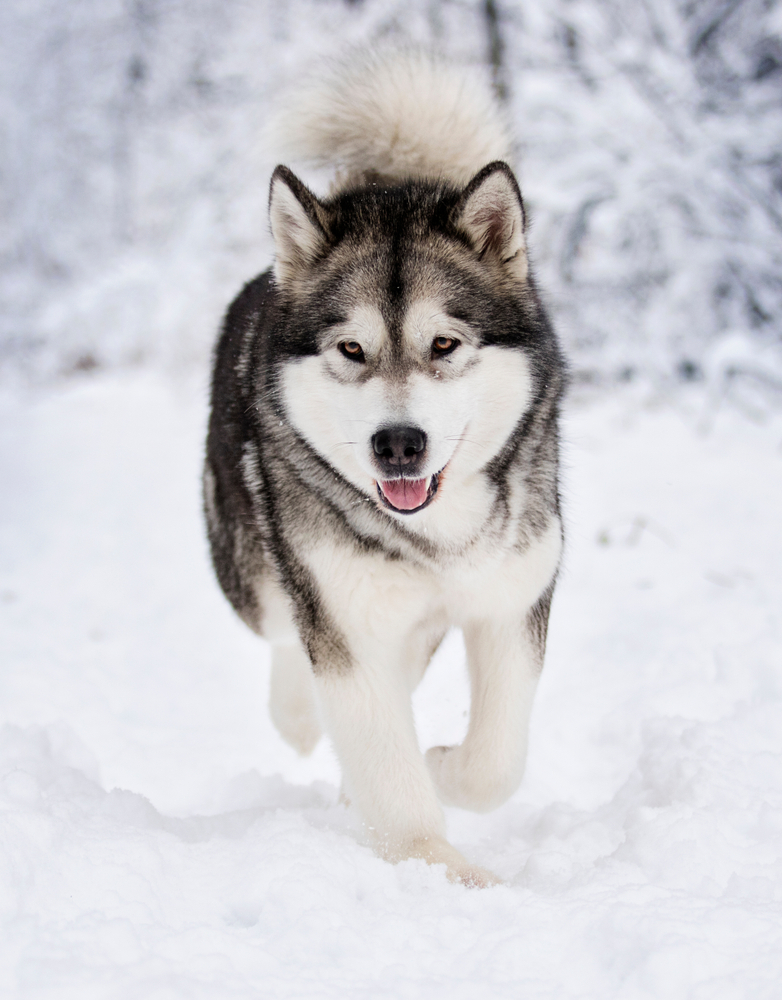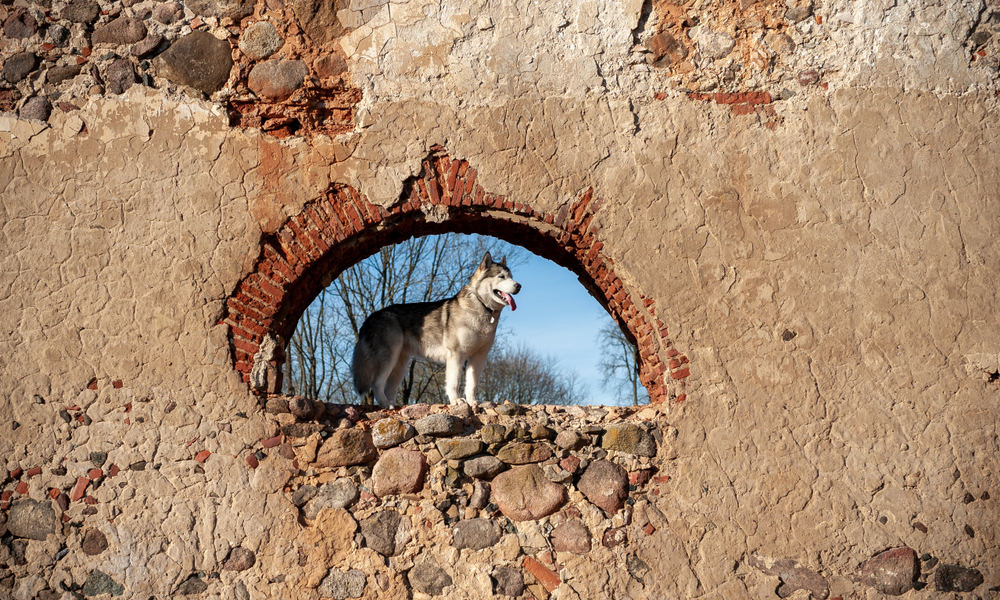Alaskan Malamute's Lifespan and Aging Process
Welcome to our comprehensive guide on the lifespan and aging process of the magnificent Alaskan Malamute. We are delighted to share in-depth insights into the life stages of these incredible dogs, from their playful puppy days to their graceful senior years. If you are a proud Alaskan Malamute owner or considering bringing one into your family, this article will equip you with the knowledge to care for your furry companion through all stages of life.

Alaskan Malamutes
The Alaskan Malamute is a powerful and dignified breed, originally bred for hauling heavy freight in arctic conditions. Their impressive strength and endurance have earned them a place in history as reliable sled dogs. Beyond their working capabilities, they are also loyal and affectionate family pets, known for their friendly and playful nature.


Average Lifespan of Alaskan Malamutes
The average lifespan of an Alaskan Malamute typically ranges between 10 to 14 years. However, individual dogs may vary, and some exceptionally well-cared-for Malamutes have been known to live even longer. A healthy lifestyle, balanced diet, regular exercise, and proper veterinary care all play crucial roles in determining the longevity of these beautiful creatures.
Life Stages of Alaskan Malamutes
1. Puppyhood (0 – 1 year)
The early stage of a Malamute’s life is filled with boundless energy and rapid growth. During this period, it is essential to provide proper nutrition, vaccinations, and frequent socialization to help them develop into well-adjusted adult dogs. Training and positive reinforcement during puppyhood are crucial for building a strong foundation of discipline and obedience.
2. Adolescence (1 – 2 years)
As they transition from puppies to young adults, Malamutes may test boundaries and display some stubbornness. Consistent training and patience are vital during this phase. Engaging them in physical and mental activities will help channel their energy positively and keep them mentally stimulated.
3. Adulthood (2 – 7 years)
In their prime years, Alaskan Malamutes showcase their true strength and intelligence. They are generally well-mannered and devoted to their families. Regular exercise and mental enrichment continue to be essential to prevent boredom-related behaviors.
4. Senior Years (7+ years)
As Malamutes enter their senior years, they may start to show signs of aging. It is crucial to adjust their diet and exercise routines to accommodate their changing needs. Regular check-ups with the veterinarian become even more critical to detect and address age-related health issues promptly.

Aging Process of Alaskan Malamutes
Just like humans, Malamutes experience physical and behavioral changes as they age. Here are some common signs of aging in Alaskan Malamutes:
1. Gray Fur and Facial Features
As they grow older, you may notice gray or white fur appearing around their muzzle and other parts of the body. Their facial features may become more defined, giving them a distinguished look.
2. Reduced Activity Level
Senior Malamutes may not be as active as they were in their youth. They may prefer leisurely walks and cuddle time with their humans over intense play sessions.
3. Joint and Mobility Issues
With age, Alaskan Malamutes may develop joint problems like arthritis, which can affect their mobility and lead to discomfort. Providing orthopedic bedding and joint supplements can help ease their discomfort.
4. Changes in Appetite
As their metabolism slows down, senior Malamutes may have a decreased appetite. Switching to a senior-specific diet and offering smaller, more frequent meals can help maintain their nutritional intake.
5. Behavioral Changes
Some aging Malamutes may experience cognitive decline, leading to confusion or forgetfulness. Extra patience and understanding during this stage can make a significant difference in their quality of life.
Caring for Senior Alaskan Malamutes
As your beloved Alaskan Malamute enters their golden years, there are several ways you can ensure they age gracefully and comfortably:
1. Regular Veterinary Check-ups
Regular check-ups with the veterinarian are essential for early detection of age-related health issues. This enables prompt intervention and better management of potential health concerns.
2. Balanced Diet and Weight Management
A well-balanced diet that caters to the specific needs of senior Malamutes is crucial. Obesity can exacerbate joint problems, so maintaining a healthy weight is vital for their overall well-being.
3. Exercise and Mental Stimulation
While they may not be as active as they once were, gentle exercise and mental stimulation are still essential for senior Malamutes. Short walks, puzzle toys, and interactive games can help keep them engaged.
4. Comfortable Living Environment
Create a comfortable living space for your aging Malamute with orthopedic bedding and easy access to food, water, and potty areas. Minimize the need to climb stairs, if possible.


Alaskan Malamute’s Lifespan and Aging Process
The Alaskan Malamute’s lifespan is a journey filled with love, companionship, and cherished memories. Understanding their aging process and providing the right care and attention throughout their life stages will ensure they enjoy a happy and healthy life as part of your family. Remember, each Malamute is unique, and tailoring your care to their individual needs will create a strong bond that lasts a lifetime.